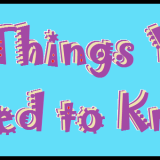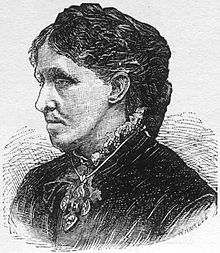The Novel Approach – Where Am I?
Recently, after getting some feedback on my first few chapters, I’ve realized that in that burst of frenzied writing that a new idea will often give me, I had forgotten to include a vital part to my story. Setting
I wasn’t crushed or even really surprised by this discovery. Reading young writers’ work, you’ll soon discover that setting is often an element forgotten, but this got me to thinking. How should we present setting? And how can we, the authors, firm our characters’ surroundings up in our own minds.
The second question is probably the best one to address first. We can’t paint a picture for our readers if we don’t know what the picture looks like first. I suggest drawing maps. If your characters travel to different areas or countries draw the terrain. Your characters don’t leave on area? Draw the city or draw the house. At the very least you’ll get a feel for how far away certain things are from each other or if all of your ideas work compatibly together in the area you’ve designated. You can even take notes on your settings within you map, so you have a visual tool to keep you organized and remind you to actually describe the setting.
Describing is a little different. It’s my favorite and least favorite part of writing. You want to move away from the dreaded info dump where every detail of the setting is thrown at the reader in a few paragraphs all without anything stimulating to keep the pages turning. It’s better- and easier, quite frankly- to spread out the description through several pages or chapters even. While the thief is running through the city throw in flashes of descriptions. Throw in description throughout conversations, actions scenes. Instead of making readers struggle through paragraphs of description, no matter how poetic, slyly slip it in there. Like vegetables with picky kids.
A new discovery I have made though I’m sure others have found it far before I did, is that character reactions make setting shine. How do your characters react to the surroundings they’re in? Does it make them warm and fuzzy? Do they hate it? Does it creep them out? Adding how your characters feel about the setting makes the reader care about the setting.
Setting is important. A reader has to see where the characters are to get sucked into a story. Setting affects culture and travel which means it affects character and plot. Without setting, your story is taking place on a blank canvas.











